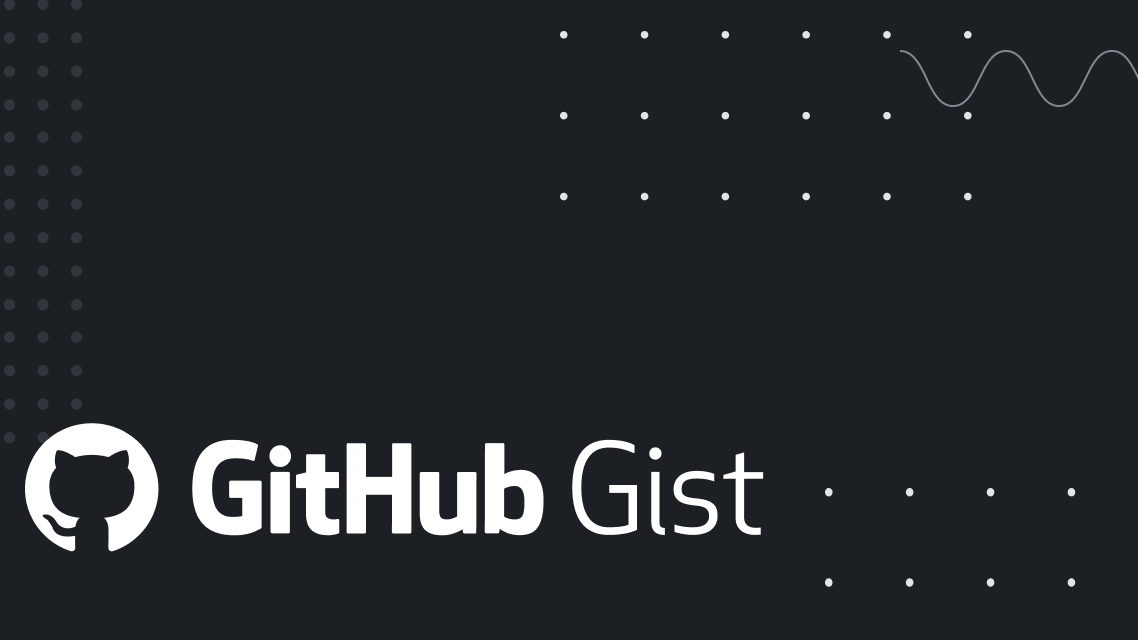I wrote a simple script in order to help someone in a recent reply from me, to make running Flatpak applications from terminal easier. After that I worked a little bit on it further and now ended up with 2 completely different approaches.
- flatrun: Run an app by a matching search filter. If multiple matches, then print all matching app ids instead.
- flatapp: Show list of installed apps in an interactive menu. Plus show a description of the app in a preview window. Run the selected application. Requires
fzf. - flatsearch: Show search results from repository in an interactive menu. A selected entry will be installed or uninstalled if it exists already (with confirmation from
flatpak). Requiresfzf.
# Show all matching apps
$ flatrun F
com.github.tchx84.Flatseal
io.freetubeapp.FreeTube
# Run io.freetubeapp.FreeTube
$ flatrun freetube
# Show help for com.obsproject.Studio
$ flatrun obs --help
or flatapp: (requires fzf)

and new flatsearch youtube (requires fzf)




Or use
~/.local/bin/Didnt know about the preferences. These only depend on the order of placement in PATH?
Or do they get by directory hierarchy, i.e. HOME can always override the System.
Unix stuff is so simple sometimes
No, the order of the directories in the $PATH is important. If you run command by name like
grep, then the system will lookup in $PATH beginning from first directory. If its not in the first entry, then it falls back to next entry. If you have a command with same name multiple times in different directories, then you display all found paths withwhich -a grepin example; the first entry is what is used when running the commandgrep.Thanks, good to know!